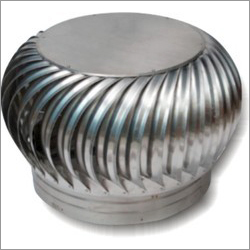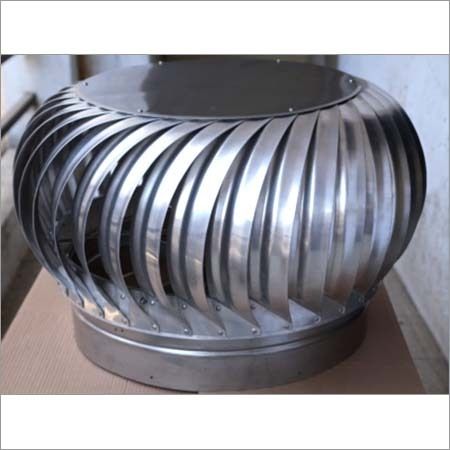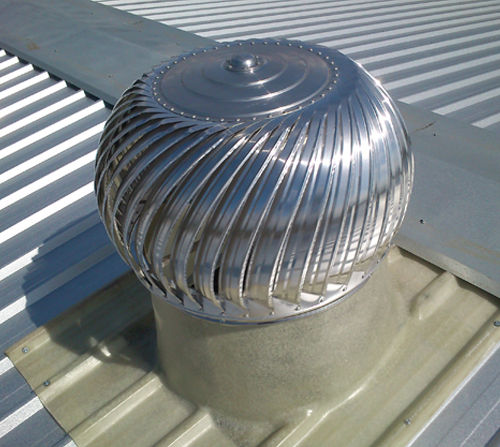
Turbo Air Ventilator
Product Details:
- Material Aluminum
- Type Industrial
- Voltage 220 Volt (v)
- Installation Type Central
- Usage Restaurant Factory Office Warehouses
- Click to View more
Turbo Air Ventilator Price And Quantity
- 3 Piece
- 3500 INR
Turbo Air Ventilator Product Specifications
- Central
- Aluminum
- 220 Volt (v)
- Restaurant Factory Office Warehouses
- Industrial
Turbo Air Ventilator Trade Information
- Cheque Telegraphic Transfer (T/T) Cash in Advance (CID) Cash Advance (CA)
- 1000 Piece Per Month
- 1 Week
- Yes
- Sample costs shipping and taxes has to be paid by the buyer
- Carton Box and Plastic Packing.
- All India
- ISO 9001 : 2008
Product Description
An apparatus used for natural ventilation and air exchange in buildings and industrial facilities is a turbo air ventilator, sometimes referred to as a turbine ventilator or wind-driven ventilator. It makes use of wind energy to circulate air to expel hot, stagnant air, and contaminants from small spaces.
Following are some essential details concerning turbo air ventilators:
1. Design and Use: A turbo air ventilator normally consists of a rotating head or turbine that is installed on a building's roof and attached on a base or neck. With the aid of specially crafted vanes or blades, the revolving head draws stale air out of the structure by harnessing wind energy and creating a pressure differential.
2. Wind-Driven Operation: As wind passes over the turbine, the ventilator develops a low-pressure zone. Air is pulled out via the turbine as a result of the difference in pressure between the building's interior and exterior. Following that, fresh air is drawn in through additional apertures or vents to encourage natural air circulation and ventilation.
3. Turbo air ventilator advantages:
- Natural Ventilation: Without the use of electricity or mechanical systems, turbo ventilators offer natural ventilation. By utilising wind energy to assist air exchange, they are less dependent on mechanical ventilation systems and use less energy.
- Reduced heat buildup and indoor temperatures are made possible by the ongoing removal of hot air from the structure. This can help residents feel more comfortable and take less strain off air conditioning systems in hot, humid areas.
- Controlling moisture and odours: Turbo ventilators assist make enclosed environments healthier and more pleasant by removing moisture, odours, and airborne pollutants.
- Turbo air ventilators are a long-term, cost-effective ventilation solution because they are entirely powered by wind energy and require no electricity to function.
- Factories, warehouses, workshops, and manufacturing plants are examples of industrial facilities.
- Offices, shopping centres, convention centres, and entertainment venues are examples of commercial structures.
- Buildings used for agriculture include barns, henhouses, greenhouses, and cattle pens.
- Attics, garages and apartment complexes are examples of residential structures.
Features:
- Long life span
- Crack resistance
- Cost effective
- Can withstand harsh weather
Specification
|
Material |
Aluminium |
|
Automatic Grade |
Automatic |
|
Height |
Upto 19 Inch |
|
Driven Type |
Electric |
|
Air Volume |
3000-8000 m3/h |
|
Speed |
4 m/s |
|
Brand |
SFC |





 Call Me Free
Call Me Free